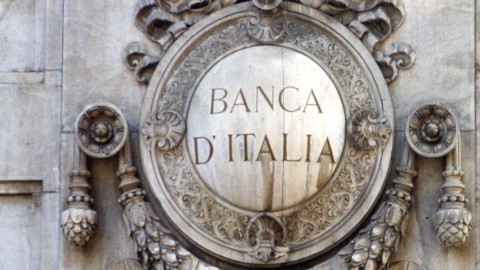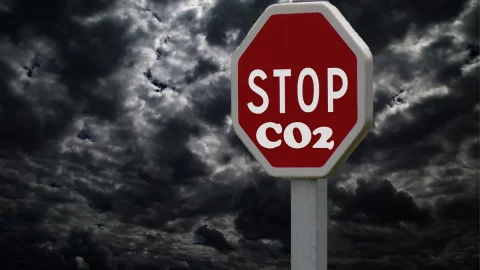In 2021, GDP will grow by 4,9-5% driven by investments and the gradual recovery of consumption. Bank of Italy foresees it in the macroeconomic projections for the Italian economy relating to the three-year period 2021-23 constructed as part of the coordinated exercise of the Eurosystem.
“The projections presented here – via Nazionale starts – presuppose that it will continue the improvement of the national and global health picture and that the support coming from monetary policy and budgetary policies is maintained”. The vaccination campaign will also be important thanks to which by the end of 2021 "most of the obstacles to mobility" will be removed, as well as the recovery of world trade and the monetary, financial and credit access conditions, which will have to remain very accommodating "with long-term returns that remain very low.”
And so if everything goes as it should, after this year's exploit, in 2022 growth will settle at 4,5% to then drop to +2,3% in 2023. It should be noted that both the estimates for the current year and those for next year have been revised upwards compared to the previous ones (published in January) thanks to the stimulus effects coming from the support measures introduced by the Government in recent months and the most up-to-date information on the use of European funds.
GROWTH AND EUROPEAN FUNDS
The growth percentages over the three-year period depend "on the effectiveness of the support and recovery measures financed with the national budget and with the European fundsi”, underlines the Bank of Italy according to which “the whole of these measures raises the level of GDP by approx four percentage points (cumulative, ed) in the three-year forecast period” 2021-2023. It is “attributable to the National Recovery and Resilience Plan built by the Draghi Government half of this impact“, provided that the investments “are made without significant delays and are effective in supporting the country's production capacity”.
Fundamental to the country's growth will therefore be the investments made thanks to the funds from the Recovery Plan. The first resources, equal to 25 billion, should arrive at the end of July. Consumption will also have an impact, which "goes back to growth more gradually" and the recovery of exports which "in line with the trend in foreign demand, is driven by the exchange of goods".
THE LABOR MARKET
On the job market, the hours worked will return to pre-Covid levels by 2023, as will the number of employed, which fell in 2020 to a much lesser extent than hours thanks to employment support measures. According to forecasts, the unemployment rate it will stand at 10,2% in 2021; to 9,9% in 2022 and 9,5% in 2023.
INFLATION
“After the slight drop in prices in 2020, consumer price inflation would turn positive again, reflecting the restart of the global economy, the increase in raw material prices and the progressive reabsorption of idle capacity margins, but it would remain contained, equal to1,3 percent this year and on similar levels in the next two years”, concludes the Bank of Italy.





